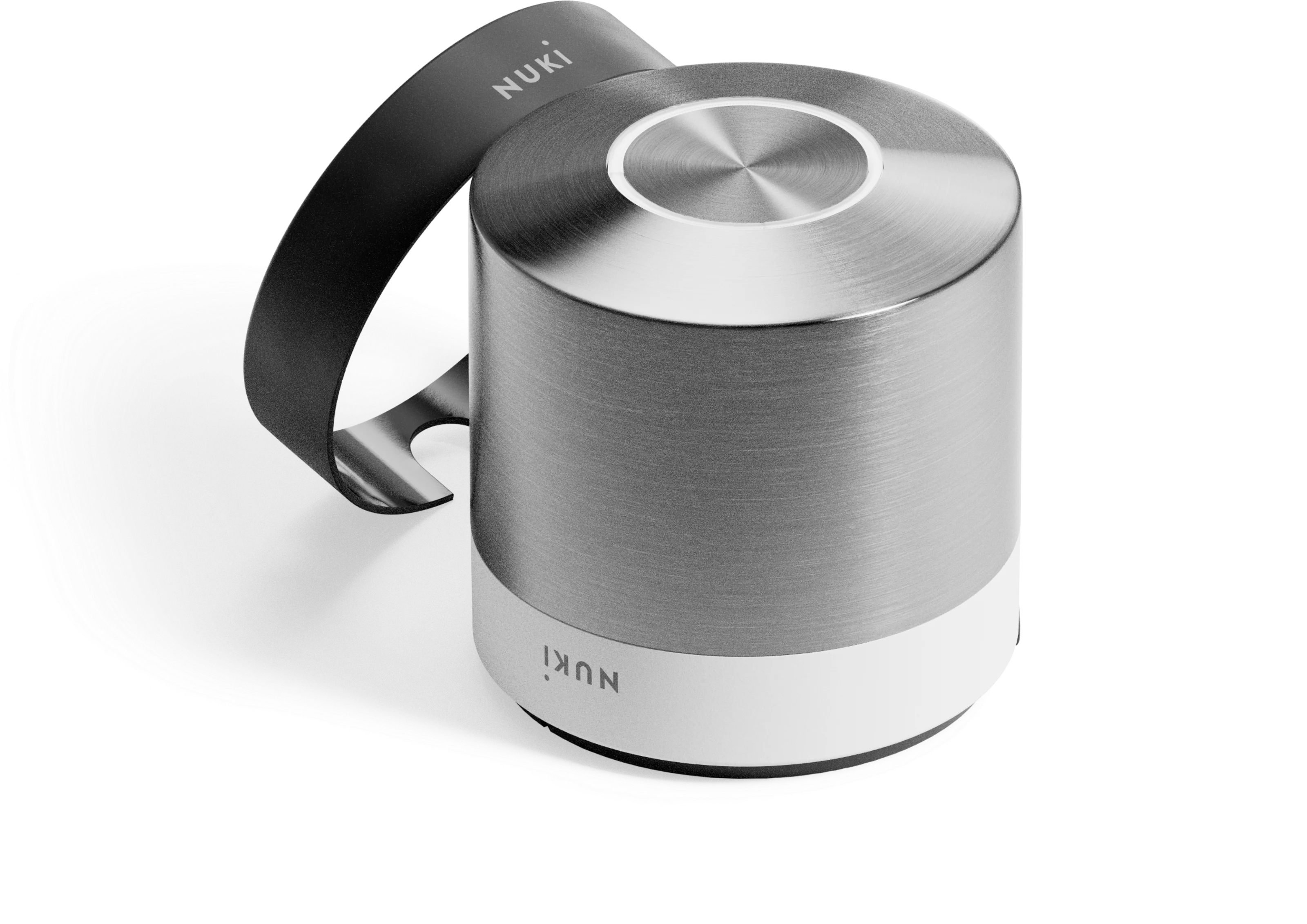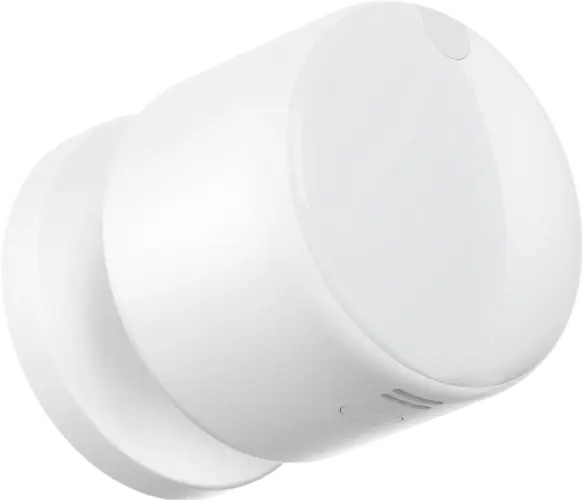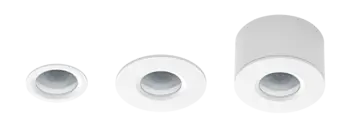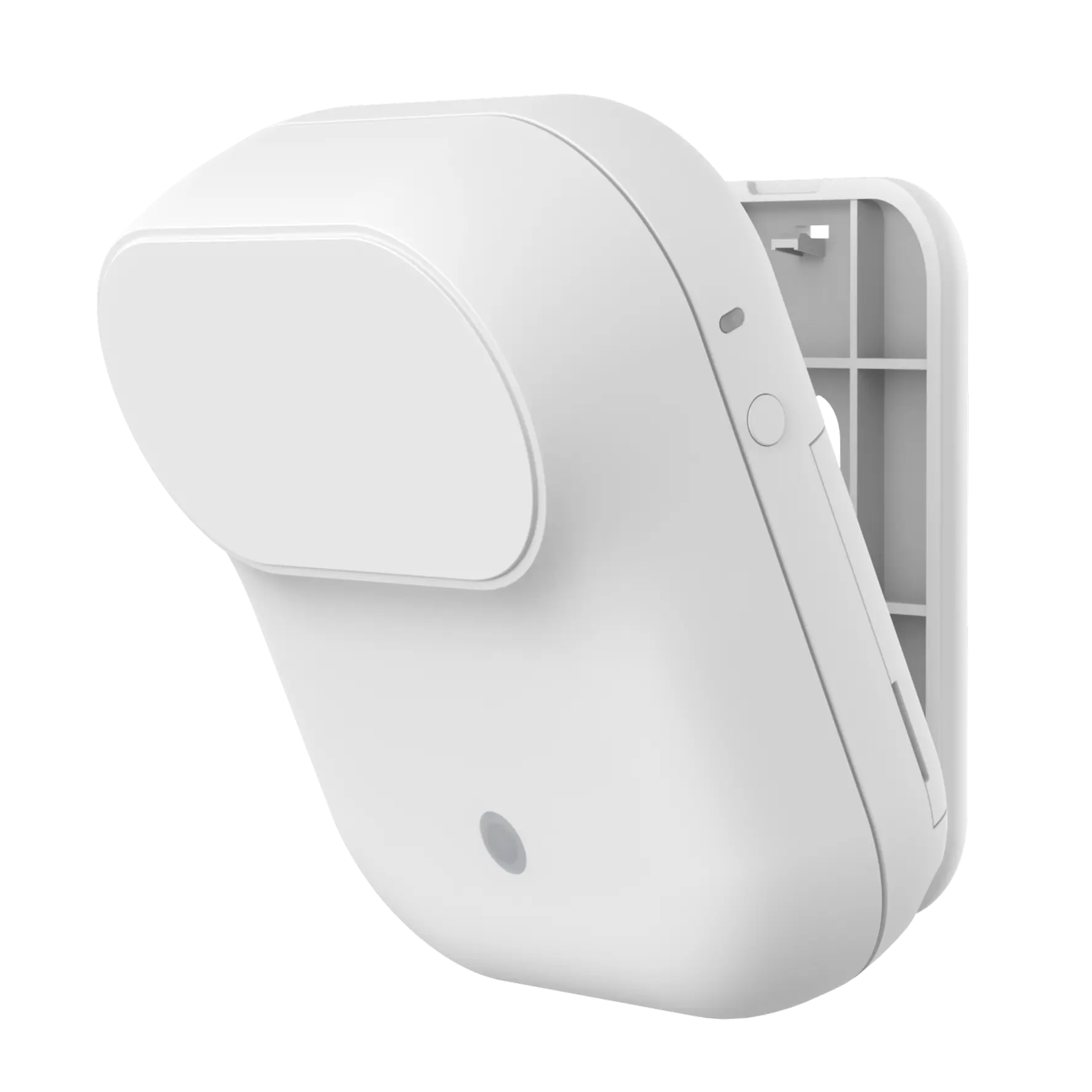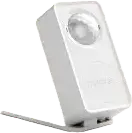
8 Examples of calm smart home technology
T hough home automation holds real promise, it's sometimes — and understandably — linked to a source of frustration. Small moments of friction add up, especially since it's 'competing' with simple analog interfaces like a light switch. My believe is that the next step in the home automation domain is to remove these moments of friction and a guiding principle for this will be calm technology. Below are 8 examples of calm technology already being used in smart homes.
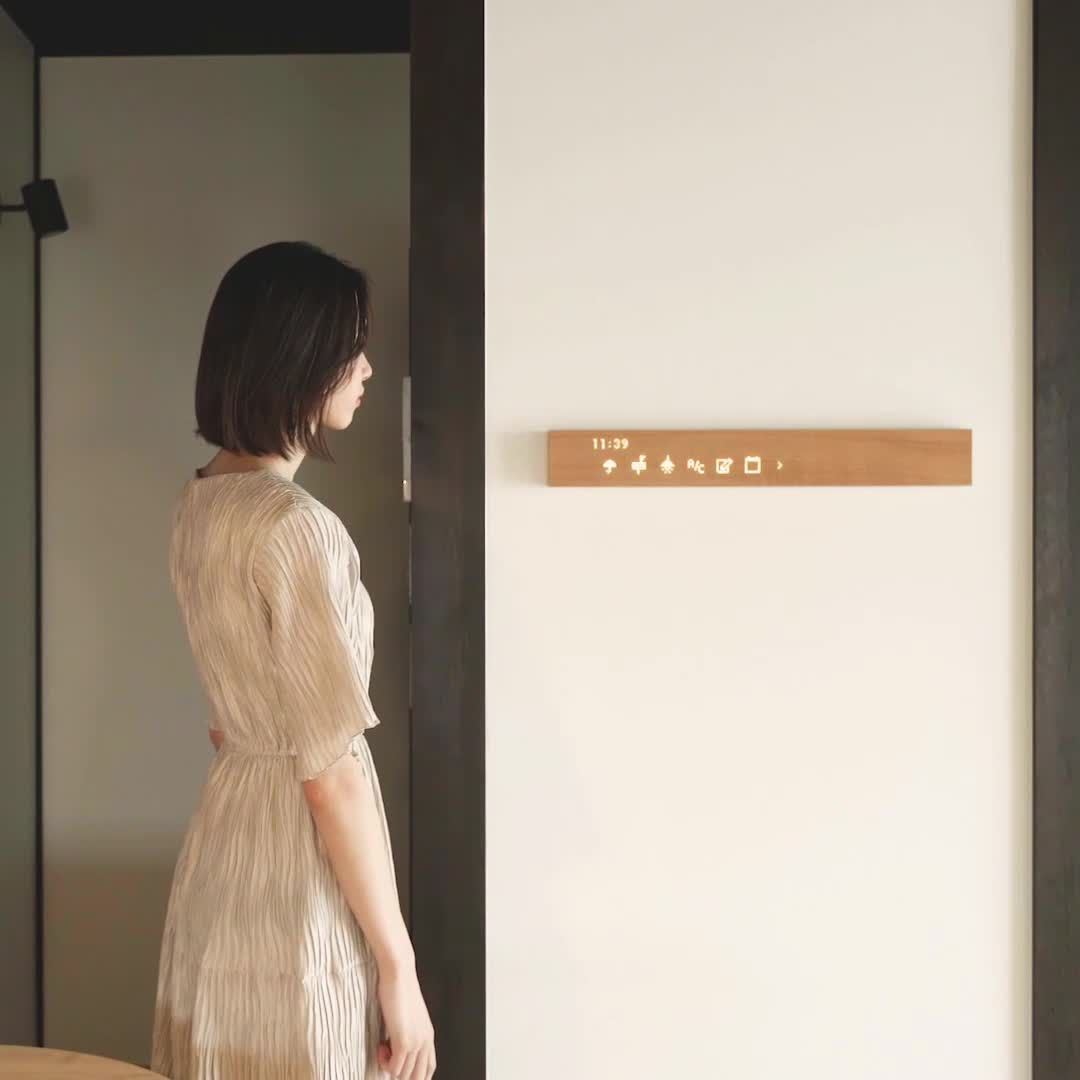
Context rich automations
Automations unlocks the full potential of home automation. If one get's wrongly triggered however (due to a rigid rule set) it's the opposite of a calm experience. Automations that have enough clues about a specific situation and intelligently use this information before triggering can prevent this. With this requirement in place, automations are a great example of calm technology. It adds value in the background without requiring any user interaction.

Mui board
Another requirement for good automation is that it recognizes its own limitations. Because of the inherent constraints in context-awareness, automation can never cover every possible scenario—and trying to do so often causes more frustration than value. For those cases where automation falls short, it's crucial to offer a calm, intuitive interface for manual control.
A great example of such interface is the Mui Board—a wooden panel that blends naturally into your home environment. It can function as simply as a light switch, triggered by a gentle tap on the wood surface. Yet, it also has the ability to expand its functionality when needed—staying simple by default, but smart when required.

Ambient light cues
We take in a lot of information throughout the day — the weather, traffic conditions, a partner's commute progress, and more. Not all of this needs to demand our full attention. Subtle visual cues, like ambient colored lighting, can gently communicate updates without interrupting our flow. Imagine a soft blue glow in the corner of your room indicating a bad weather forecast, or a gradually filling light strip showing how far your partner is into their commute.
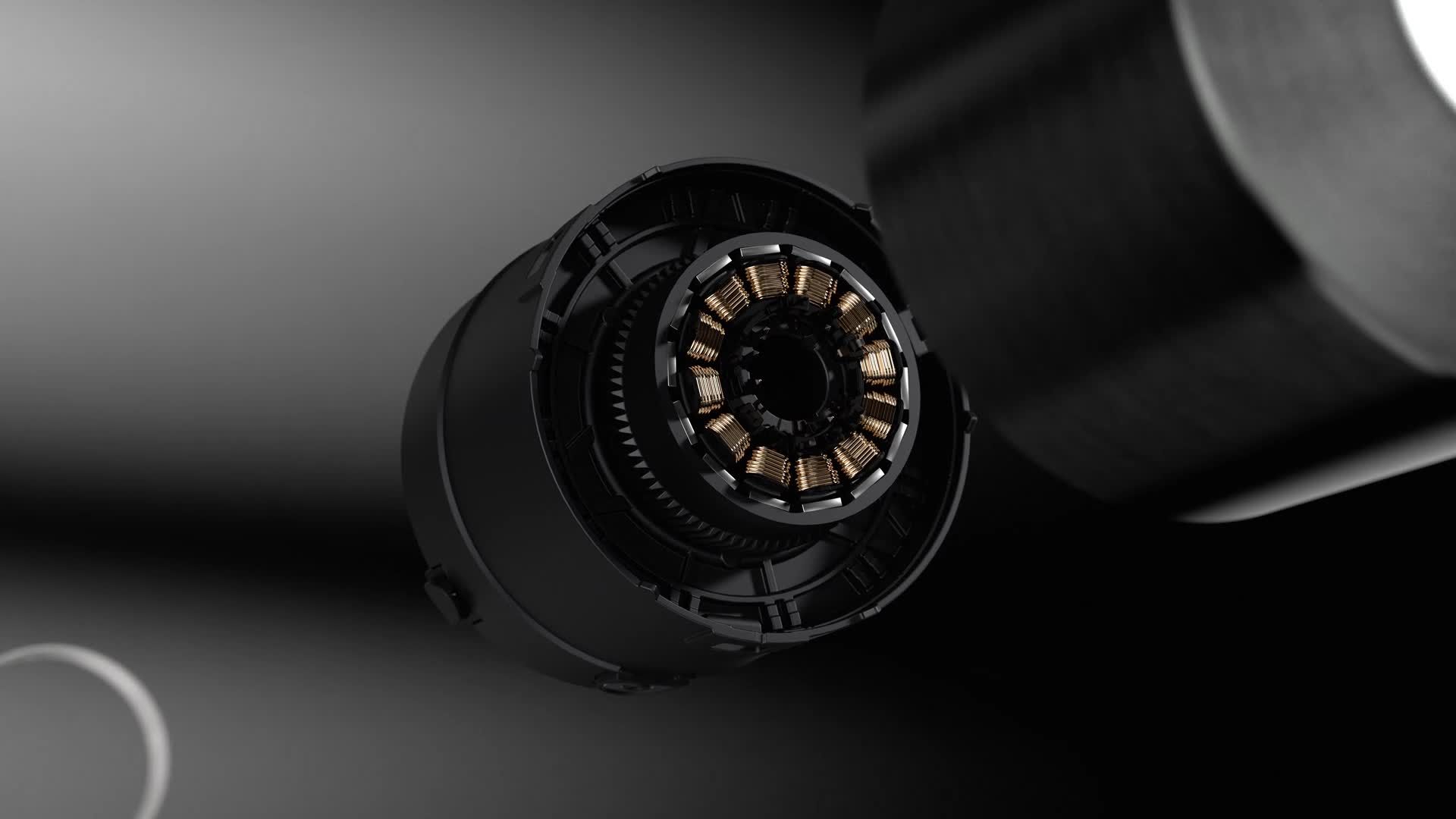
Nuki Lock Ultra
Smart devices must adopt an "it just works" philosophy to meet the bar (rightfully) created by simple analog interfaces. Unexpected failures are the biggest barrier to technology 'feeling calm', so building in redundancy is key. The Nuki Lock Ultra, uses WiFi, Bluetooth, and Thread to ensure reliability even if one connection fails.
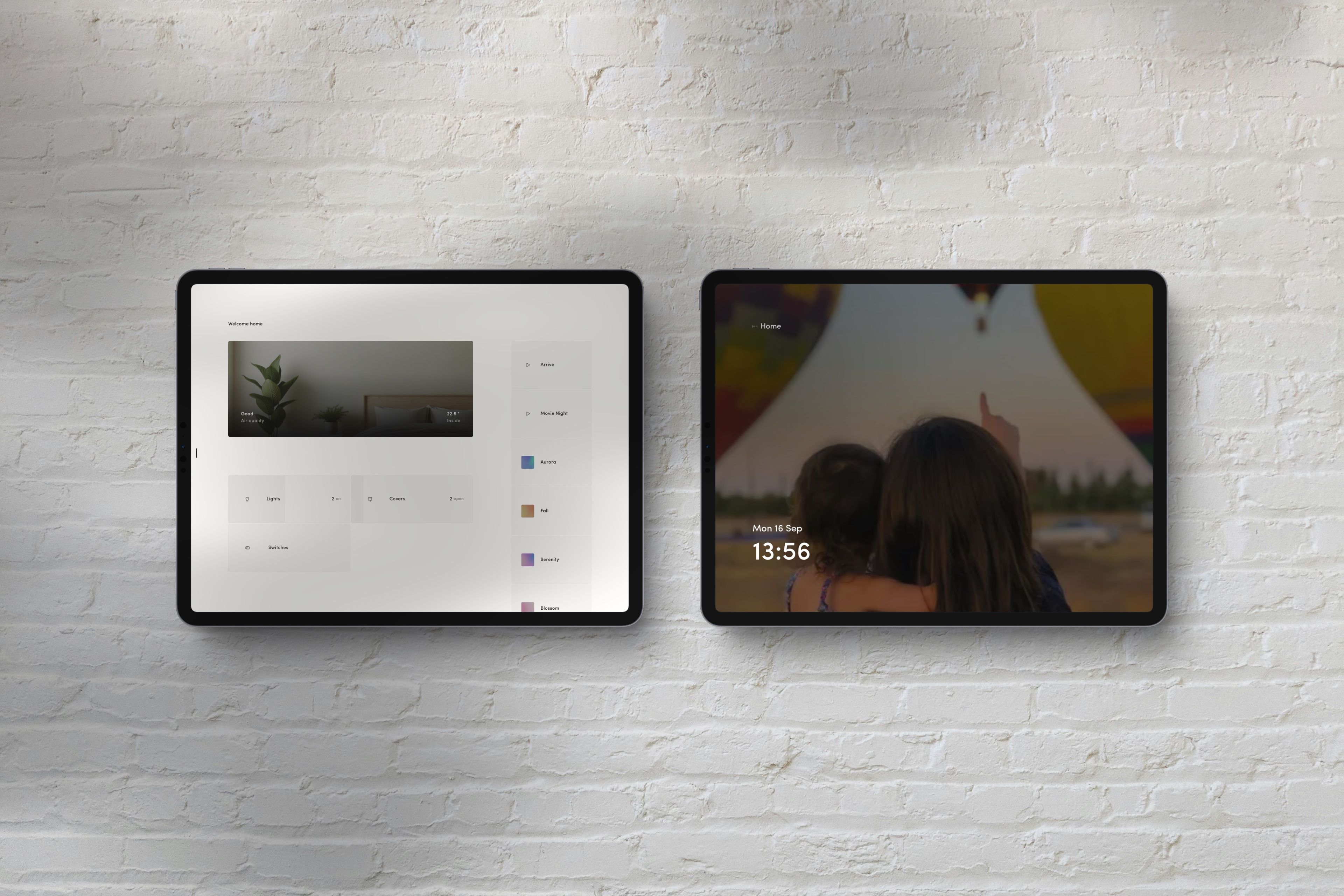
Multi Functionial Photo Frame
Ovio is an app that allows you to throughout the day display your favorite family photos while on a click transforming into a control/information panel. A digital photo frame that transforms into a smart home controller upon touch is a elegant example of calm technology. Following the calm technology ethos of prioritizing human experiences.
Matter Protocol
Matter is a smart home standard that helps devices from different brands connect locally and work smoothly together — without relying on the cloud. This reduces friction (when it supports matter, you know it will work), complexity (able to use a single remote) and points of failure (no cloud, or manufacturers hubs). By creating a solid base to built upon Matter is an important building block for creating calm home interfaces.
Discover Matter devices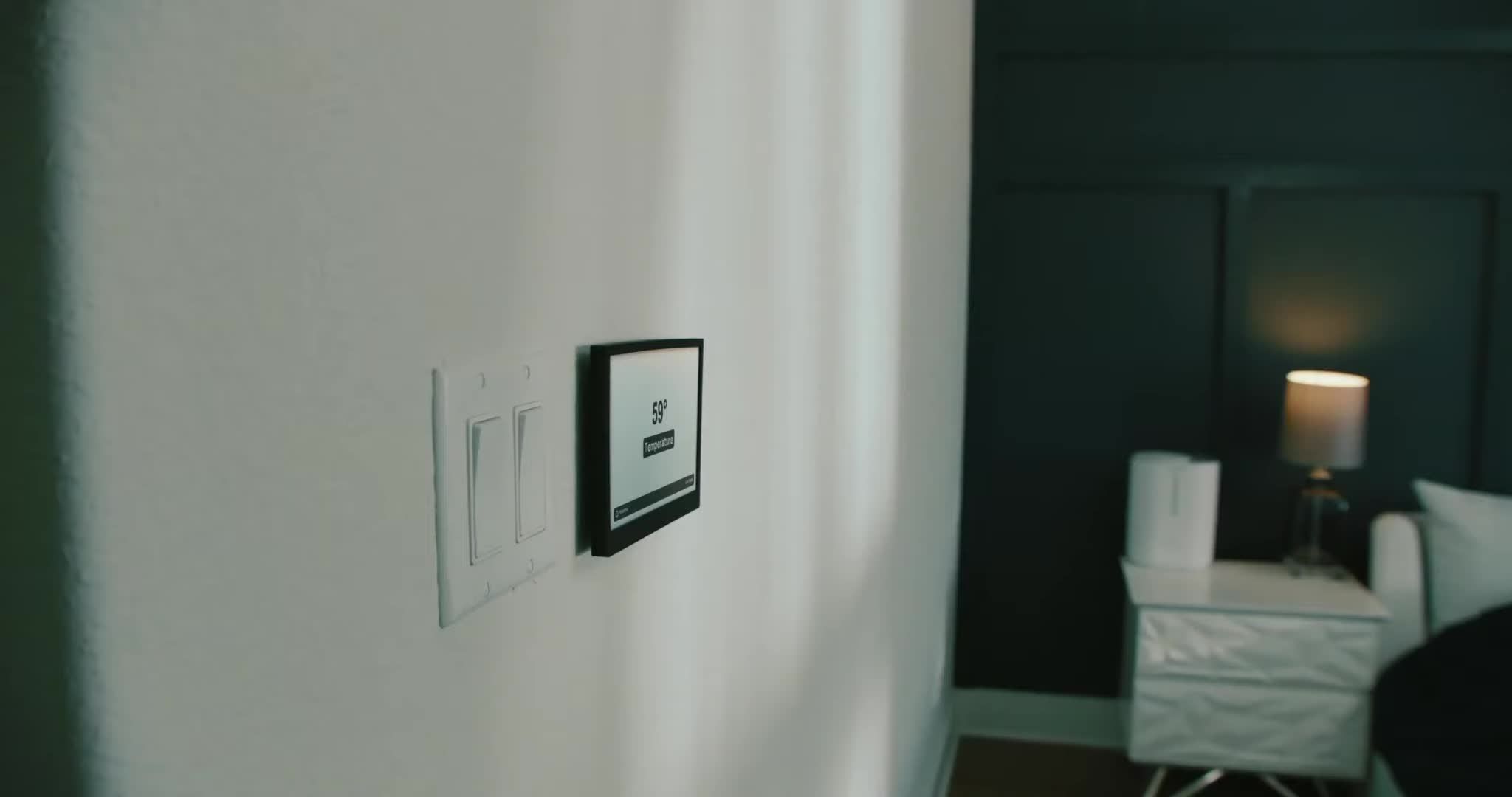
ePaper Panels
A principle of calm technology is that the technology should should require the smallest possible amount of attention. A e-ink screen without backlight naturally blends away in the environment and and only becomes noticeable when needed. Thus, any engagement with the device becomes intentional.
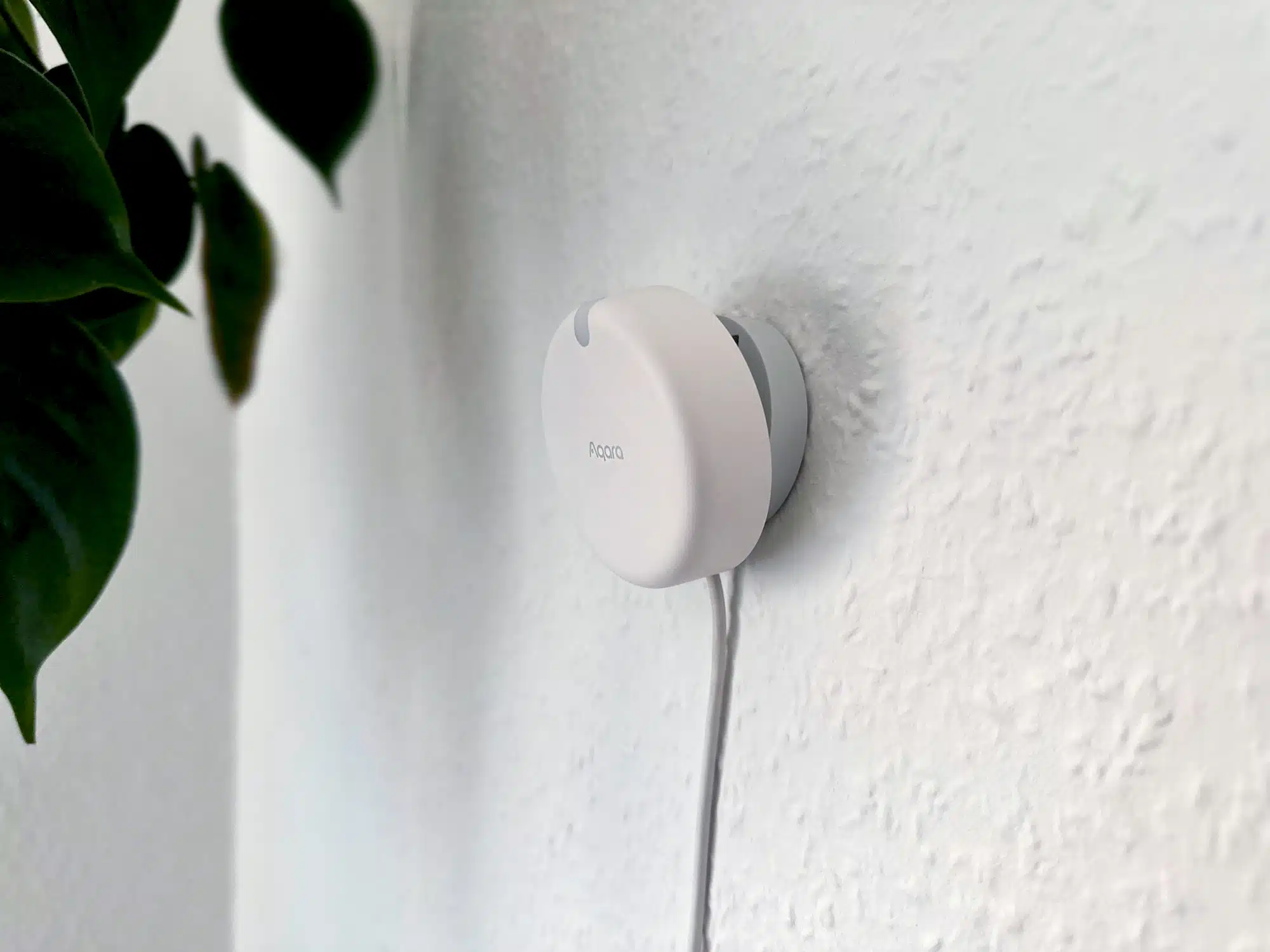
Occupancy sensors
Unlike traditional motion sensors that only trigger when someone moves, occupancy sensors can detect ongoing presence — even when the person is still. This reduces false negatives (e.g., lights turning off while you're sitting still), avoiding disruptive interactions and making the environment feel more intuitive.
